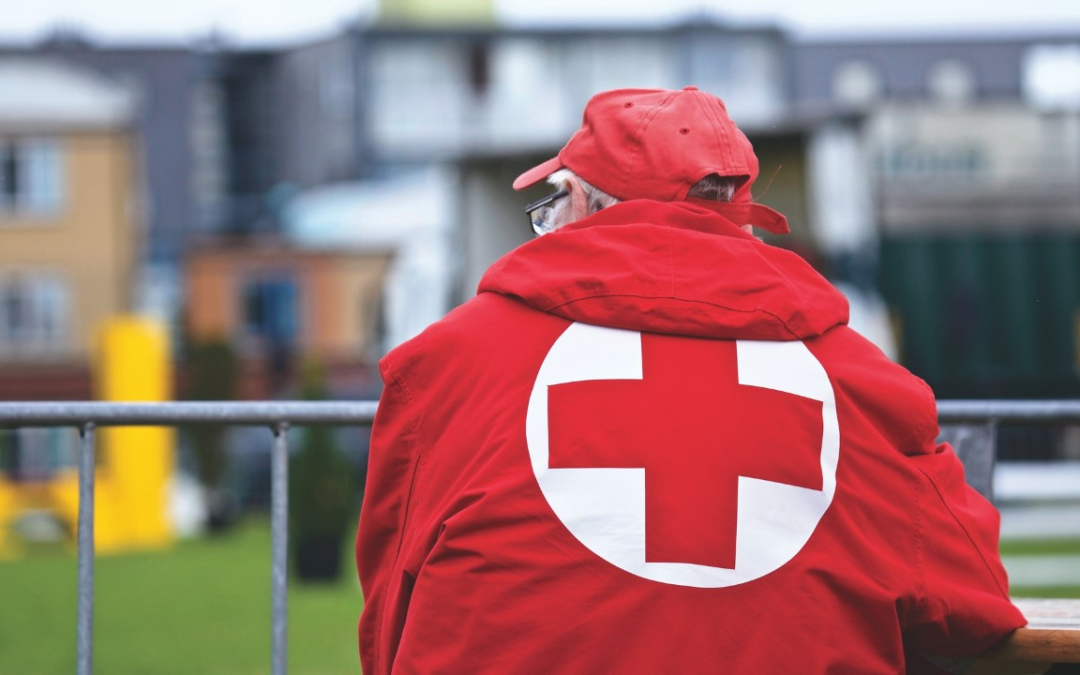The community foundation provides context and education for your philanthropic clients at all levels of giving and across the full range of charitable interests. The global Covid-19 pandemic in many ways has likely united your clients and other donors in a collective effort to support people in the communities they love. You’re no doubt seeing increased interest in this trend as you talk with clients and their families.
By many accounts, this new era of collective charitable giving in response to humanitarian crises was ushered in 10 years ago. On Tuesday, January 12, 2010, a major earthquake occurred sixteen miles west of Port-au-Prince, the capital of Haiti. Registering at a magnitude of 7.0, the quake and its many aftershocks caused catastrophic damage. The estimated death toll surpassed 100,000, and more than 3 million people were affected, according to authorities.
Only time will tell how the response to the current pandemic crisis will compare with the response to the 2010 Haiti earthquake. But it is worth reflecting on the experience of a decade ago for the important lessons that can help guide giving strategies to benefit people impacted by Covid-19.
The 2010 Haiti earthquake was the first time social networks played a major role in philanthropy. Accelerated by Internet connections and social media, millions of people got the message that relief organizations needed help. Individual donors contributed an estimated $43 million to the assistance and reconstruction efforts using the text messaging feature on their cell phones, according to a study conducted at the Pew Research Center. Fueled by the speed of communication, within days of the earthquake, more than $200 million had been given to the relief effort. Within a year, total gifts and pledges surpassed $5 billion.
Analysts at the Pew Research Center, who studied the phenomenon, describe the “Text to Haiti” effect as “a new mode of engagement” that “offers opportunities to philanthropies and charitable groups for reaching new donors under new circumstances as messages spread virally through friend networks.”
The 2010 Haiti earthquake caused “impulse” giving in response to a disaster to go mainstream. According to the Pew research project:
- 89 percent of the people in the study heard about the “Text to Haiti” effort on television.
- 50 percent made their contribution immediately upon learning about the campaign.
- An additional 23 percent donated on the same day they heard about it.
- 75 percent of the Haiti text donors in the research said that their text message contributions resulted from spur-of-the-moment decisions.
That’s not all. The message traveled! Forty-three percent of the Haiti text donors encouraged their friends or family members to make a similar contribution using their mobile phones, and nearly 75 percent of those they asked actually did make the gift.
Since then, philanthropy has learned lessons that are helping maximize effective support during the Covid-19 pandemic.
Here are two helpful resources:
Grantbook offers valuable insights, such as the observation that Haiti’s earthquakes taught us that charities, funders, and governments need to work together. Plus, immediate needs for medical supplies and food were part of just a first wave of issues. As time went on after the disasters, deeper economic and health problems emerged that were also critically important for philanthropy and its partners to address. Grantbook also observes that money and volunteer efforts are important in the midst of a disaster and its immediate aftermath, but deploying the aid can be a huge challenge that donors need to keep in mind.
For perspective on levels of charitable giving relative to the size of the disaster, we recommend this article in the Houston Chronicle, noting:
- Overall giving in response to Hurricane Harvey was three times more than Hurricane Irma and six times more than for Hurricane Maria.
- Not only was Harvey a bigger disaster, but also there was likely less donor fatigue than in the case of other disasters that occurred in short succession–Hurricane Maria, Hurricane Irma, the California fires, and the Mexico earthquake.
The net-net?
Our communities need both immediate philanthropic support for people affected by the pandemic and long-term support for ongoing ramifications of Covid-19, preparedness to blunt the effects of the next pandemic, and resources to address future humanitarian disasters. Encourage your clients to consider endowments, field-of-interest funds, designated funds, and other perpetual structures available through the community foundation to ensure that the community we love is protected for generations to come.

